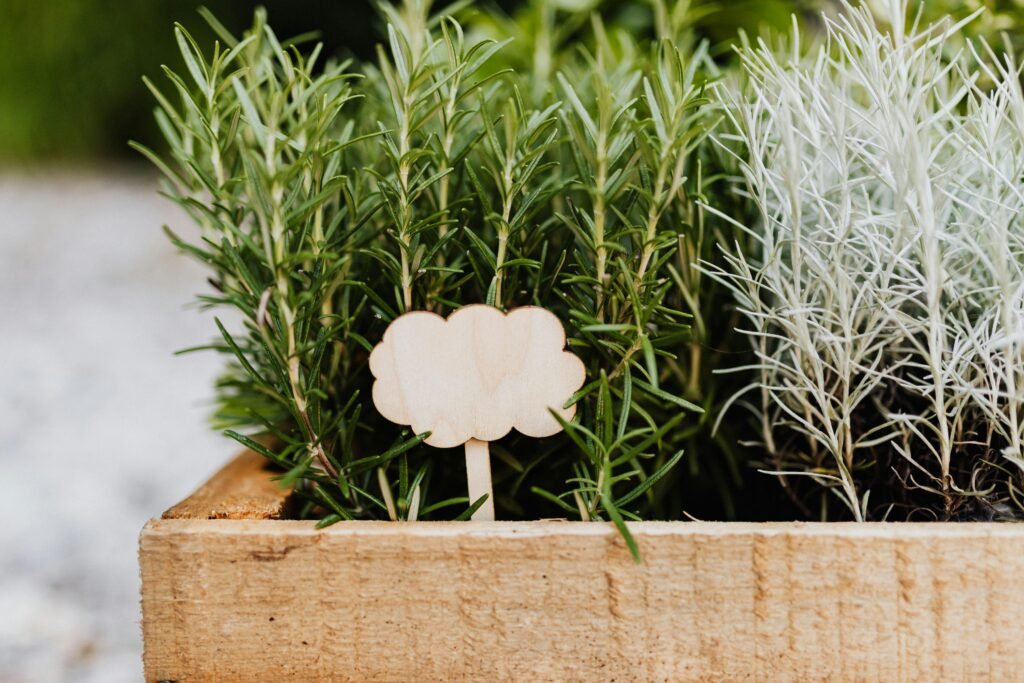Welcome to a handy guide on how to repair damaged or worn crates! Whether you are a DIY enthusiast or a small business owner looking to save money, these tips and tricks will help you restore your crates to their former glory. From basic repairs like fixing broken slats to advanced techniques for reinforcing weak spots, you’ll learn valuable skills to extend the lifespan of your storage and shipping containers. Get ready to roll up your sleeves and revitalize those old crates with confidence! Have you ever found yourself with damaged or worn crates that you just can’t bear to part with? Well, you’re in luck because I’ve got some great tips and tricks to help you repair those crates and give them a new lease on life. From fixing cracks and holes to reinforcing weak spots, I’ll walk you through everything you need to know to get your crates looking good as new.
Assessing the Damage
Before you dive into repairing your damaged or worn crates, it’s important to take a good look at them and assess the extent of the damage. Is it just a small crack or hole, or are there multiple weak spots that need reinforcing? By identifying the problem areas, you’ll be able to come up with a plan of action and ensure that your repairs are effective and long-lasting.
Taking a Closer Look
Start by examining each crate individually and noting down any visible damage. Look for cracks, holes, splintered wood, loose joints, or any other signs of wear and tear. Pay close attention to the corners and edges, as these are common areas for damage to occur.
Once you’ve identified the problem areas, consider how severe the damage is. Is it something that can be easily fixed with a few simple repairs, or will it require more extensive work? By taking the time to assess the damage upfront, you’ll be better prepared to tackle the repairs and ensure that your crates are restored to their former glory.
Materials and Tools You’ll Need
Now that you’ve assessed the damage and have a clear idea of what needs to be done, it’s time to gather the materials and tools you’ll need for the job. Depending on the extent of the damage, you may need a variety of supplies to complete the repairs effectively.
Essential Materials
- Wood glue
- Sandpaper (various grits)
- Wood filler
- Clamps
- Paint or wood stain (optional)
- Paintbrushes
- Protective gear (e.g., gloves, goggles)
Required Tools
- Hammer
- Screwdriver
- Utility knife
- Putty knife
- Drill
- Saw (if cutting wood is necessary)
Make sure you have all the necessary materials and tools on hand before you start working on your crates. This will save you time and prevent any interruptions once you get started on the repairs.

This image is property of images.pexels.com.
Repairing Cracks and Holes
Cracks and holes are common issues that can compromise the structural integrity of your crates. Fortunately, they can be fairly easy to fix with the right materials and techniques.
Fixing Cracks
To repair cracks in your crates, start by applying wood glue along the length of the crack. Use a clamp to hold the pieces together and allow the glue to dry completely. Once the glue has dried, sand down the area to smooth out any rough edges and ensure a seamless finish.
Patching Holes
For holes in your crates, you can use wood filler to patch up the damaged area. Simply fill the hole with wood filler, smooth it out with a putty knife, and let it dry according to the manufacturer’s instructions. Sand down the patched area to blend it in with the rest of the crate, and you’re good to go.
By addressing cracks and holes promptly, you can prevent further damage to your crates and extend their lifespan significantly.
Reinforcing Weak Spots
Weak spots in your crates are another common issue that can compromise their strength and durability over time. By reinforcing these areas, you can strengthen the crates and prevent them from falling apart prematurely.
Adding Support
To reinforce weak spots in your crates, you can add additional support using wood blocks or metal brackets. Simply secure the support pieces to the weak areas using wood glue and screws, making sure they are firmly in place. This will help distribute weight more evenly and prevent further damage from occurring.
Sealing Joints
Another effective way to reinforce weak spots is by sealing joints with wood glue. Apply a generous amount of wood glue to the joints, then use clamps to hold the pieces together while the glue dries. This will create a stronger bond between the components and prevent them from coming apart.
By reinforcing weak spots in your crates, you can ensure that they remain sturdy and reliable for years to come.

This image is property of images.pexels.com.
Refinishing Your Crates
Once you’ve repaired the damage and reinforced any weak spots, you may want to consider refinishing your crates to give them a fresh new look. Whether you prefer a natural wood finish or a splash of color, refinishing can help revamp your crates and make them look brand new.
Sanding and Staining
Start by sanding down the surface of your crates to remove any imperfections and prepare them for staining. Use a fine-grit sandpaper to smooth out rough spots and ensure a clean finish. Once you’ve sanded the crates, apply a coat of wood stain in your desired color, following the manufacturer’s instructions.
Painting
If you prefer a painted finish, you can skip the staining step and go straight to painting your crates. Choose a high-quality paint that is suitable for wood surfaces, and apply it evenly with a paintbrush. Allow the paint to dry completely between coats, and consider adding a protective sealant for added durability.
Sealing
To protect your newly refinished crates and ensure they withstand daily wear and tear, consider applying a clear sealant over the stained or painted surface. This will help prevent damage from moisture, scratches, and UV rays, and keep your crates looking great for years to come.
By refinishing your crates, you can not only repair damage but also give them a fresh new look that will enhance their aesthetic appeal and prolong their lifespan.
Maintenance Tips for Long-Lasting Crates
Now that you’ve repaired, reinforced, and refinished your crates, it’s important to maintain them properly to ensure they stay in good condition for as long as possible. By following a few simple maintenance tips, you can keep your crates looking great and functioning well for years to come.
Regular Inspections
Make it a habit to inspect your crates regularly for any signs of damage or wear and tear. Look for cracks, holes, loose joints, or any other issues that may need attention. By catching problems early on, you can address them promptly and prevent them from getting worse.
Cleaning and Protection
Keep your crates clean by dusting them regularly and wiping them down with a damp cloth when needed. Avoid using harsh chemicals or abrasive cleaners, as these can damage the finish of your crates. To protect them from scratches and dents, consider using furniture pads or coasters underneath heavy items.
Storage and Handling
Proper storage and handling can also contribute to the longevity of your crates. Store them in a dry, well-ventilated area away from direct sunlight and moisture to prevent warping or discoloration. When moving or handling your crates, lift them from the bottom and avoid dragging or dropping them to minimize the risk of damage.
By following these maintenance tips, you can keep your crates in top condition and enjoy their functionality and aesthetic appeal for many years to come.
Repairing damaged or worn crates doesn’t have to be a daunting task. With the right materials, tools, and techniques, you can easily restore your crates to their former glory and give them a new lease on life. By following these tips and tricks, you’ll be able to repair cracks, patch holes, reinforce weak spots, refinish your crates, and maintain them properly for long-lasting durability and style. So roll up your sleeves, grab your tools, and get ready to transform your old crates into like-new treasures!
